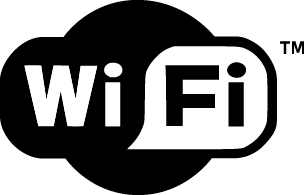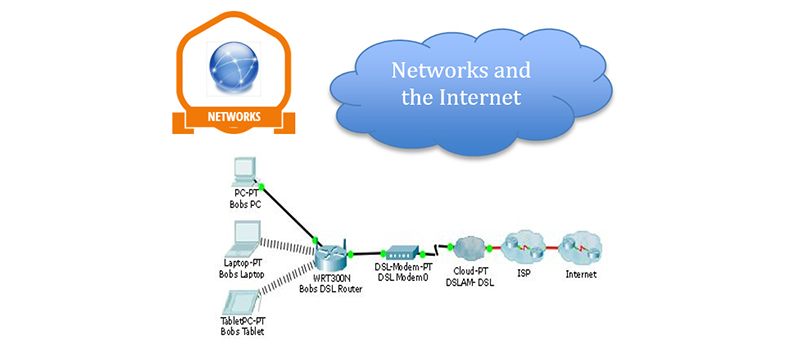5 Wireless networks
- There are many different wireless technologies available for use within networks. Most current wireless technologies use radio frequencies to transmit data between devices.
- The main difference between the various types of wireless technology is the amount of data that it can send (data rate) and how far the data can travel (range).
- The wireless technologies available for LANs are:
| Wireless technology | Data rate | Data range |
|---|---|---|
| bluetooth | low | short, medium |
| WiFi | medium | medium |
| Zigbee | low | medium |
- Bluetooth and Zigbee are designed to allow computing devices to be paired so that they will operate together. For example, Bluetooth can be used to connect headphones to a smartphone, whereas Zigbee is commonly used to connect household devices or sensors (motion, temperature, etc.) to a central controller.
- WiFi is commonly used to connect computing devices within a home, SOHO or business LAN to allow them to access local and Internet resources.
- A home, SOHO or business usually has the ability to support both wired and wireless WiFi connections. If you have access to your home router, examine it to see whether it can support wired connections.
- To provide Internet access for customers, many businesses provide free WiFi, and it is becoming increasingly common for local councils to provide free WiFi in city centres.
- Bluetooth has different implementations. For example, it can also be used for data, somewhat like WiFi – you can have a local Personal Area Network (PAN) or connect over greater distances. Some retailers connect to your smartphone’s Bluetooth when you enter their shop.

Figure 5
Back to previous pagePrevious
4 Wide Area Networks
